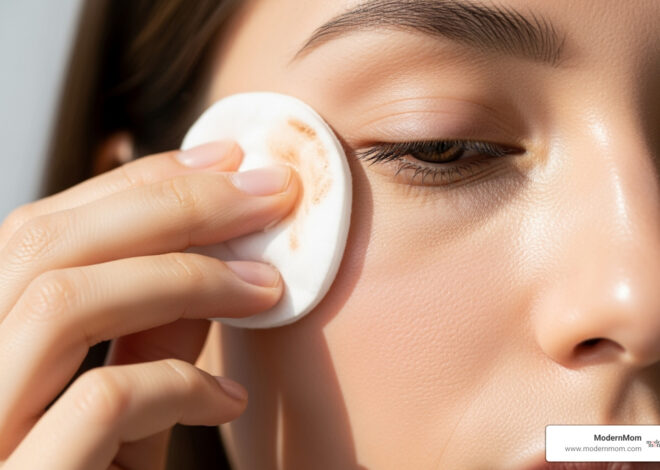Bruce Willis, Taye Diggs, Vin Diesel and Andre Agassi all have something in common; they are all bald, sexy men. The fact remains, however, that despite it being OK, or even downright hot, for a man to be bald in America, many men are still devastated and unhappy about their hair loss, according to Web MD.
Male Pattern Baldness
Male pattern baldness, otherwise known as androgenetic alopecia, is the reason 95 percent of the time for men to experience hair loss. This condition is not rare, either. Eighty-five percent of men have thinning hair or hair loss by the time they reach 50, according to Web MD. Some men start losing their hair as young as age 21. Other reasons for hair loss in men include serious disease, certain medications and extreme stress. Most hair loss, however, can be blamed on heredity.
What It Looks Like
Men will know if they have male pattern baldness by a receding hairline at the forehead and temples and by a thinning crown. This loss will progress throughout the entire scalp. The hair that remains will be in a “horseshoe” pattern, according to Web MD. The American Hair Loss Association (AHLA) has a Norwood Scale on its website that shows the different progression levels. This useful tool will help you to describe the hair loss to a doctor.
Testosterone
You can tell your man that the reason he is losing his hair is that he has too much testosterone. Dihydrotestosterone (DHT), a byproduct of testosterone, is the culprit for shrinking hair follicles, and eventually stops the hair follicles from producing hair altogether, according to Web MD. Now that researchers and doctors understand what causes male pattern baldness, they have also figured how to slow down or stop the process.
Have an Assessment
If treatment is something you or your man is considering, first have a dermatologist check out the situation. No one should begin treatment without first having an assessment. Finasteride and minoxidil are two treatments for hair loss that are approved by the Food and Drug Administration (FDA). Unless the FDA has approved or the AHLA has recommended a particular treatment, it is best to stay away. Many people are trying to sell products that simply do not work, according to the AHLA.
Treatment Options
Propecia and Rogaine are two products with which many men have good results. Propecia works by lowering DHT levels in the scalp. Men stop losing their hair, and hair starts growing back in the majority of men who use it, according to Web MD. Minoxidil (Rogaine) is not as effective as Propecia is because it has no effect on DHT. Some users do see results, though, according to Web MD. If Propecia or minoxidil do not work, you may want to consider a hair transplant. Modern transplants, as of 2010, looked nothing like the “plugs” of the past. They looked much more natural.
Photo Credit
- bald man image by kasiap from Fotolia.com





